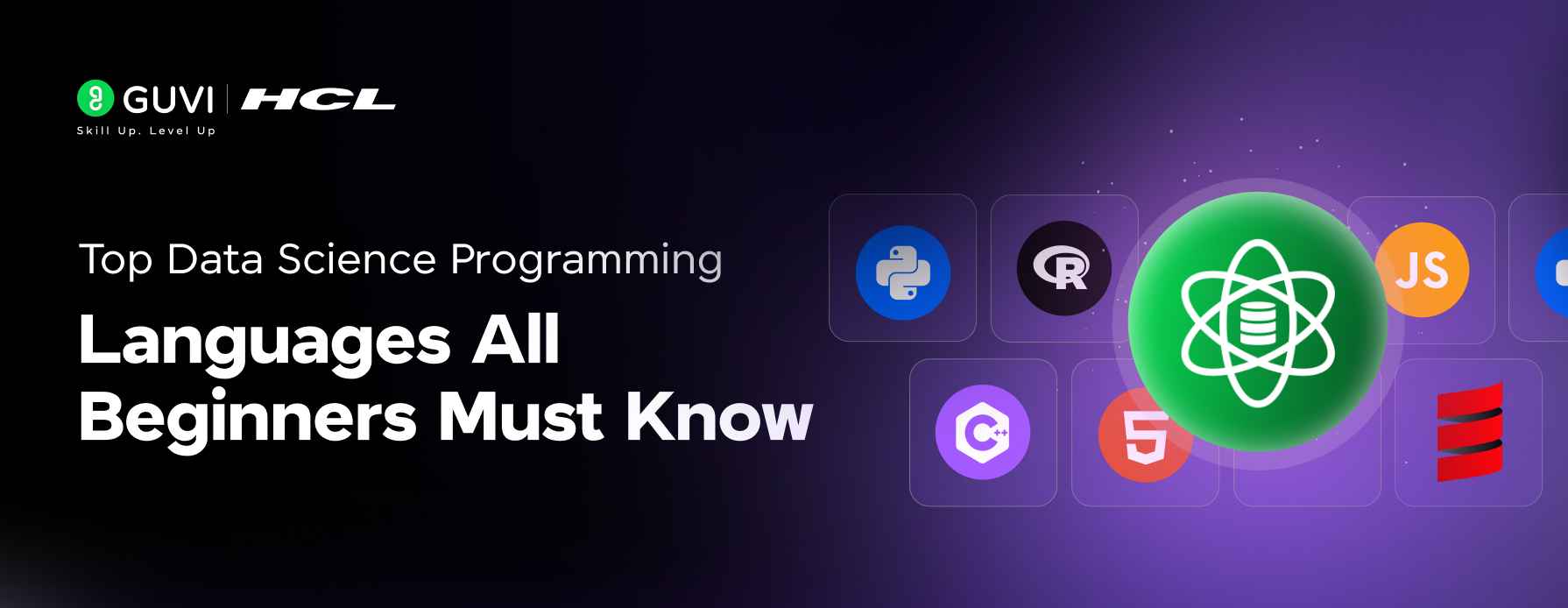
Top Data Science Programming Languages All Beginners Must Know [2025]
Oct 08, 2025 6 Min Read 3179 Views
(Last Updated)
Getting into data science but wondering what tough programming awaits you? You honestly don’t need to fear, but you need to prepare, and that’s exactly what I’ll be helping you with in this article.
Choosing the right programming languages for data science can significantly impact your career trajectory. Python tops popularity indices, while R remains strong in finance and academia. Additionally, SQL continues to be essential as most global data resides in databases. Hence, it can get a little confusing.
Hence, to ease that confusion, this guide breaks down the most important data science programming languages you should consider in 2025, specifically tailored for beginners looking to enter this rapidly expanding field. Let’s begin!
Table of contents
- Start with beginner-friendly data science programming languages
- 1) Python: Easy syntax and wide usage
- 2) R: Great for statistics and data viz
- 3) SQL: Simple and essential for databases
- Explore data science programming languages for advanced performance
- 4) Julia: Speed and numerical accuracy
- 5) Scala: Ideal for big data pipelines
- 6) Go: Efficient and scalable for ML
- Data science programming languages for specific domains
- 7) Java: Enterprise and Android applications
- 8) JavaScript: Web-based data apps
- 9) MATLAB: Engineering and simulations
- How to start learning data science programming languages
- Step 1) Start with one language and build projects
- Step 2) Use online courses and certifications
- Step 3) Practice with real datasets
- Concluding Thoughts…
- FAQs
- Q1. What are the top programming languages for beginners in data science?
- Q2. How can I choose the right data science programming language for my career?
- Q3. What are some advanced programming languages for data science?
- Q4. How important is SQL in data science?
- Q5. What's the best way to learn data science programming languages?
Start with beginner-friendly data science programming languages
When entering the world of data science, choosing the right programming language is crucial. Beginner-friendly languages offer simple syntax, wide community support, and powerful capabilities that make your learning journey smoother. Let’s explore the three fundamental data science programming languages that every newcomer should master.
![Top Data Science Programming Languages All Beginners Must Know [2025] 1 Infographic 1](https://www.guvi.in/blog/wp-content/uploads/2025/07/Infographic-1-1200x600.png)
1) Python: Easy syntax and wide usage
Python stands out as the most accessible entry point to data science programming languages. Its English-like syntax makes it remarkably easy to learn, even for those with no prior coding experience. According to industry surveys, Python has become the global leader in many software fields, from data science to web development.
What makes Python perfect for beginners:
- Readability and user-friendliness – Python code is clean and intuitive, requiring fewer lines to accomplish tasks compared to other languages
- Free and open-source – No cost barriers to start learning
- Extensive libraries – Access to powerful tools like Scikit, Keras, TensorFlow, Matplotlib, NumPy, and Pandas
In terms of popularity, Python dominates the data science landscape, with 83% of data scientists using it regularly. The language is particularly strong in artificial intelligence and machine learning applications. For beginners, interactive platforms like Jupyter Notebook enhance the learning experience by facilitating live code sharing.
2) R: Great for statistics and data viz
R was specifically designed for statistical computing and graphics, making it ideal for data analysis tasks. Though slightly more specialized than Python, R offers unique strengths that make it worth learning, particularly for those with statistics backgrounds.
Key advantages of R for beginners:
- Statistical powerhouse – Excels at linear/non-linear modeling, classifications, and clustering
- Visualization excellence – Creates publication-quality plots and incorporates mathematical notations effortlessly
- Extensive package ecosystem – The Comprehensive R Archive Network (CRAN) provides numerous specialized tools
3) SQL: Simple and essential for databases
Structured Query Language (SQL) is arguably the most fundamental tool for anyone working with data. Despite being nearly 50 years old, SQL remains one of the most relevant programming languages for data science today.
Why SQL is beginner-friendly:
- Non-procedural language – You only need to specify “what to do,” not “how to do it”
- Simple semantics – Uses English words instead of strings of numbers
- Essential for database work – Creating, adapting, querying, and reorganizing databases
For beginners, the learning curve is gentle – you can start with basic queries and gradually build to more complex operations. SQL’s declarative nature means you don’t need to memorize sequential steps, as it pulls data using familiar English words.
When starting your data science journey, focus on mastering these three languages first. Their combination provides a solid foundation that will prepare you for virtually any data science role.
Explore data science programming languages for advanced performance
After mastering beginner-friendly languages, you might want to explore more specialized programming languages for data science that offer advanced performance. These languages excel in specific areas like computational speed, big data processing, or machine learning operations.
![Top Data Science Programming Languages All Beginners Must Know [2025] 2 Infographic 2](https://www.guvi.in/blog/wp-content/uploads/2025/07/Infographic-2-1200x600.png)
4) Julia: Speed and numerical accuracy
Developed by MIT researchers, Julia combines the best of both worlds—the simplicity of Python with the performance of C. This high-level language stands out for its extraordinary speed, making it 1.5 to 5 times faster than Python’s Pandas library, even without multithreading enabled. With multithreading, Julia can perform up to 20 times faster than Pandas.
Julia’s key strengths include:
- Superior numerical computing – Designed from the ground up for scientific and numerical computations
- High-performance processing – Achieved 1.5 petaflops per second using 1.3 million threads to catalog 188 million astronomical objects in just 14.6 minutes
- Rich scientific ecosystem – Features sophisticated tools for differential equations, optimization, and Fast Fourier transforms
For data scientists focused on visualization, numerical analysis, or interactive computing, Julia offers an impressive balance. Its syntax remains friendly enough for beginners while delivering performance that rivals C++. However, one limitation is its relatively smaller community compared to Python or R.
5) Scala: Ideal for big data pipelines
Created as a streamlined alternative to Java, Scala has emerged as a powerhouse for handling massive datasets. This language seamlessly combines object-oriented and functional programming paradigms in a statically typed environment.
What makes Scala stand out:
- Apache Spark integration – Scala is the native language for Spark, making it the preferred choice for big data frameworks
- Functional programming – Allows for parallel processing and faster computation of large datasets
- Java interoperability – Easily integrates with existing Java-based systems
Major companies, including LinkedIn, Apple, Sony, and SoundCloud, have adopted Scala for its exceptional scalability. Furthermore, Scala preserves type safety while delivering the expressive power of dynamic programming languages. For beginners interested in big data processing, Scala offers a reasonable learning curve, especially if you already have experience with Java or similar languages.
6) Go: Efficient and scalable for ML
Created by Google engineers, Go (sometimes called Golang) combines the performance advantages of C with improved safety and ease of use. Though relatively new to data science, Go has gained traction for building efficient, scalable applications.
Go’s advantages for data science include:
- Superior performance – Faster than Python and well-suited for CPU-intensive calculations required by AI solutions
- Built-in concurrency – Excellent for handling multi-core processing tasks
- Strong data manipulation – Provides robust foundations for data parsing and manipulation with high integrity
Notable companies using Go include Netflix, PayPal, Uber, Twitch, and Shopify, with approximately 9.55% of developers now working with the language. Moreover, Go excels at building machine learning model servers and backend infrastructure for production deployment.
As you progress in your data science journey, these advanced languages can significantly enhance your toolkit, particularly when tackling specialized challenges that require exceptional performance.
Data science programming languages for specific domains
Beyond versatile languages, the data science world also values specialized tools that excel in specific domains. These languages offer unique capabilities tailored to particular industries and applications.
![Top Data Science Programming Languages All Beginners Must Know [2025] 3 Infographic 3](https://www.guvi.in/blog/wp-content/uploads/2025/07/Infographic-3-1200x600.png)
7) Java: Enterprise and Android applications
Java stands as a formidable choice in the data science programming languages ecosystem, particularly for enterprise-level applications. Currently, it ranks as the 5th most popular language for data science, with 21% of data scientists using it regularly.
Java’s key strengths for data scientists include:
- Remarkable speed – Java is reportedly 25 times faster than Python, making it ideal for computation-heavy machine learning tasks
- Enterprise integration – Powers numerous data science platforms, including SAS and Rapid Miner
- Scalability – The long-standing champion in building scalable applications with 45 billion active Java Virtual Machines globally
Notably, tech giants like Apple and eBay trust Java for scaling global workloads. For beginners interested in Android development or enterprise systems, Java offers a solid foundation. Furthermore, its ability to put machine learning models into production makes it valuable for deployment scenarios.
8) JavaScript: Web-based data apps
While not traditionally considered a primary data science language, JavaScript has evolved into an essential tool for creating interactive data visualizations and web-based analytics applications. Its ubiquity in web browsers makes it exceptionally versatile.
JavaScript excels in these data science areas:
- Interactive dashboards – Creates dynamic data visualization dashboards without requiring plugins
- Client-side processing – Enables data validation directly in the browser, speeding up execution
- Cross-platform compatibility – Functions across various platforms without modification
One significant advantage is JavaScript’s ability to update content without refreshing the page, creating smooth, app-like experiences in the browser. As a result, it has become indispensable for data scientists who need to present their findings through interactive web applications.
9) MATLAB: Engineering and simulations
MATLAB remains the gold standard for engineering, scientific computing, and simulations in the data science field. This specialized programming environment combines a desktop workspace with a language that directly expresses matrix and array mathematics.
What makes MATLAB stand out:
- Domain-specific tools – Advanced toolboxes for machine learning, predictive maintenance, and statistical analysis
- Visualization excellence – Interactive workspace for scientific calculations and data visualization
- Hardware integration – Ready mechanisms for acquiring data directly from measurement instruments and imaging devices
Though relatively more expensive than other options, MATLAB excels in specialized fields like aerospace, automotive, robotics, and scientific research. For beginners with engineering backgrounds, MATLAB offers a more intuitive approach to data science programming through its interactive environment and specialized toolboxes.
When choosing domain-specific programming languages for data science, consider your industry requirements and existing technical ecosystem to make the most strategic decision.
How to start learning data science programming languages
Learning data science programming languages goes beyond simply choosing what to learn. The journey requires strategic approaches that can accelerate your progress significantly.
![Top Data Science Programming Languages All Beginners Must Know [2025] 4 Infographic 4](https://www.guvi.in/blog/wp-content/uploads/2025/07/Infographic-4-1200x600.png)
Step 1) Start with one language and build projects
Focusing on mastering one programming language first yields better results than attempting to learn multiple simultaneously. Python stands out as the recommended starting point for beginners with no prior coding experience.
What makes project-based learning effective?
- Reinforces theoretical concepts through practical application
- Builds a portfolio that demonstrates your skills to potential employers
- Helps identify knowledge gaps that textbooks alone might miss
Step 2) Use online courses and certifications
Online learning platforms offer structured paths to master data science programming languages without formal education requirements.
- HCL GUVI’s Data Science Course: This beginner-friendly career program covers Python, R, SQL, and real-world machine learning projects. With 1:1 mentorship, live classes, and placement support, it’s designed to make you job-ready in 2025.
- IBM Data Science Professional Certificate (Coursera): A comprehensive, beginner-level certification that teaches Python, SQL, data analysis, and machine learning. Created by IBM, it includes 10 hands-on modules and is ideal for learners looking to build practical skills at their own pace.
- HarvardX’s Data Science Professional Certificate (edX): Offered by Harvard University, this program dives deep into R programming, statistics, and data modeling. It’s a great choice for those who want a strong academic foundation with real-world application.
Step 3) Practice with real datasets
Working with authentic data challenges prepares you for real-world scenarios better than textbook examples. Kaggle hosts 490K high-quality public datasets covering everything from avocado prices to video game sales.
Essentially, practicing with various datasets helps you:
- Understand data cleaning techniques
- Learn domain-specific challenges
- Develop problem-solving approaches
Furthermore, participating in Kaggle competitions provides a real-world setting to apply what you learn and connect with other ML practitioners. Hackathons happening in your city or found on meetup.com similarly offer practical experience.
Remember that showcasing completed projects to potential employers demonstrates your practical skills and problem-solving abilities, ultimately helping you stand out in India’s growing data science market.
If you’re serious about mastering Data Science in 2025, HCL GUVI’s Data Science Course is your gateway to success. With real-world projects, 1:1 mentorship, and placement support, it’s designed to take you from beginner to job-ready—fast and effectively.
Concluding Thoughts…
Data science continues to reshape industries worldwide, creating numerous opportunities for those with the right skills. Therefore, choosing the appropriate programming languages becomes crucial for your success in this field.
Python stands as the frontrunner for beginners due to its simple syntax and extensive libraries. But the other languages we’ve discussed aren’t far behind and are also essential as your career progresses.
Remember that effective learning happens through focused practice. Start with one language, build meaningful projects, join supportive communities, and work with real datasets. This practical approach will undoubtedly strengthen your skills far better than theoretical knowledge alone. Good Luck!
FAQs
Q1. What are the top programming languages for beginners in data science?
Python, R, and SQL are considered the best programming languages for beginners in data science. Python is known for its easy syntax and wide usage, R excels in statistics and data visualization, while SQL is essential for working with databases.
Q2. How can I choose the right data science programming language for my career?
Choose a language based on your career goals, background, and industry demand. For example, if you’re aiming for data analysis, focus on Python or R. If you have a statistics background, R might be more intuitive. Consider the specific requirements of your target industry as well.
Q3. What are some advanced programming languages for data science?
Julia, Scala, and Go are advanced programming languages that offer high performance in data science. Julia is known for its speed and numerical accuracy, Scala is ideal for big data pipelines, and Go is efficient and scalable for machine learning applications.
Q4. How important is SQL in data science?
SQL is crucial in data science as it’s the primary language for working with databases. It’s considered simpler to learn than other languages and is widely used in the industry. SQL integrates well with Python and R, making it an essential companion language for data scientists.
Q5. What’s the best way to learn data science programming languages?
The most effective way to learn data science programming is to start with one language (typically Python for beginners), build practical projects, use online courses and communities for support, and practice with real datasets. This approach helps reinforce concepts, build a portfolio, and prepare you for real-world scenarios.
















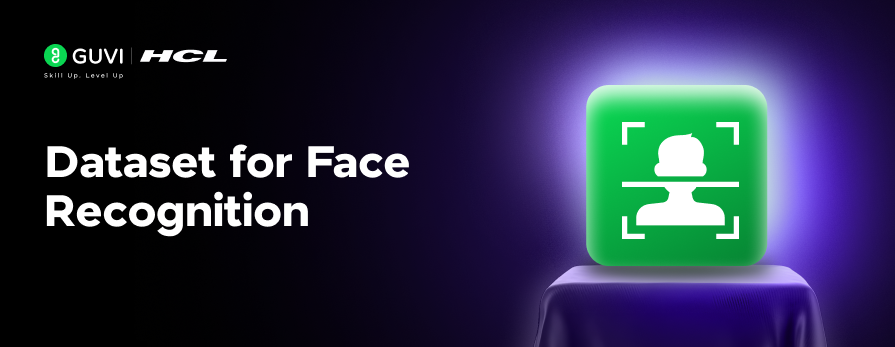
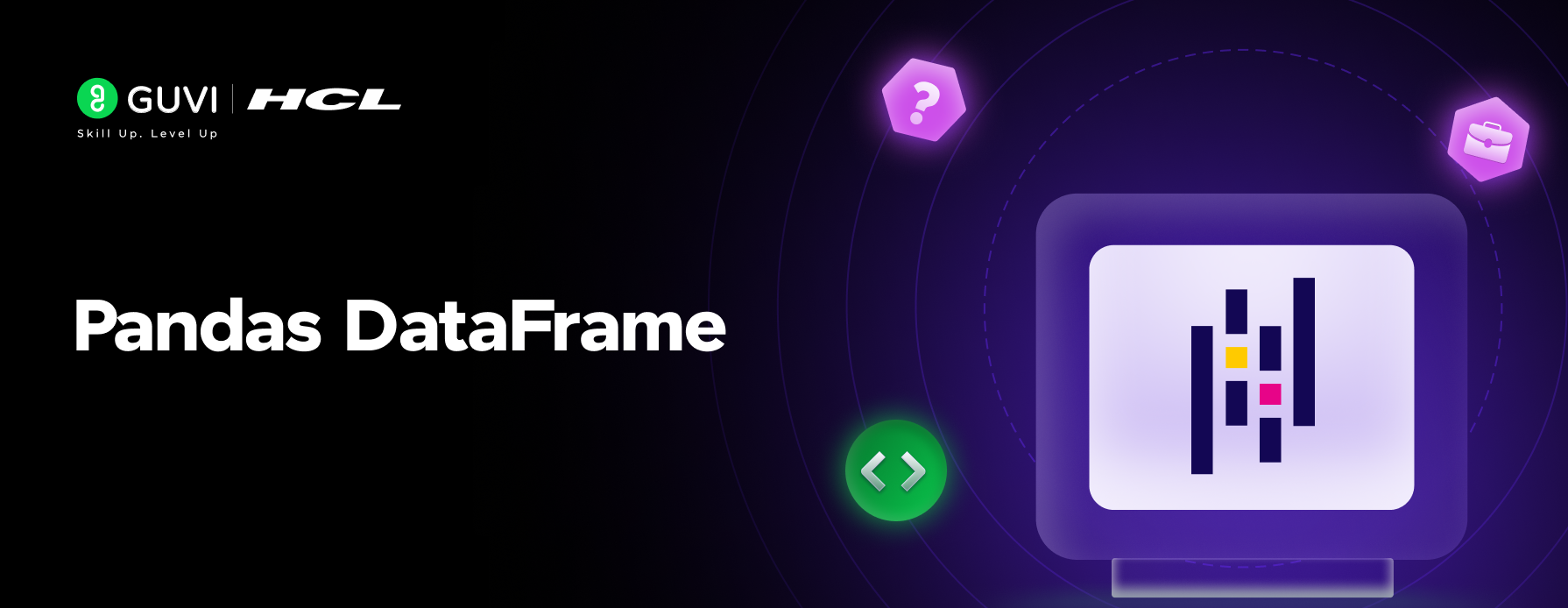
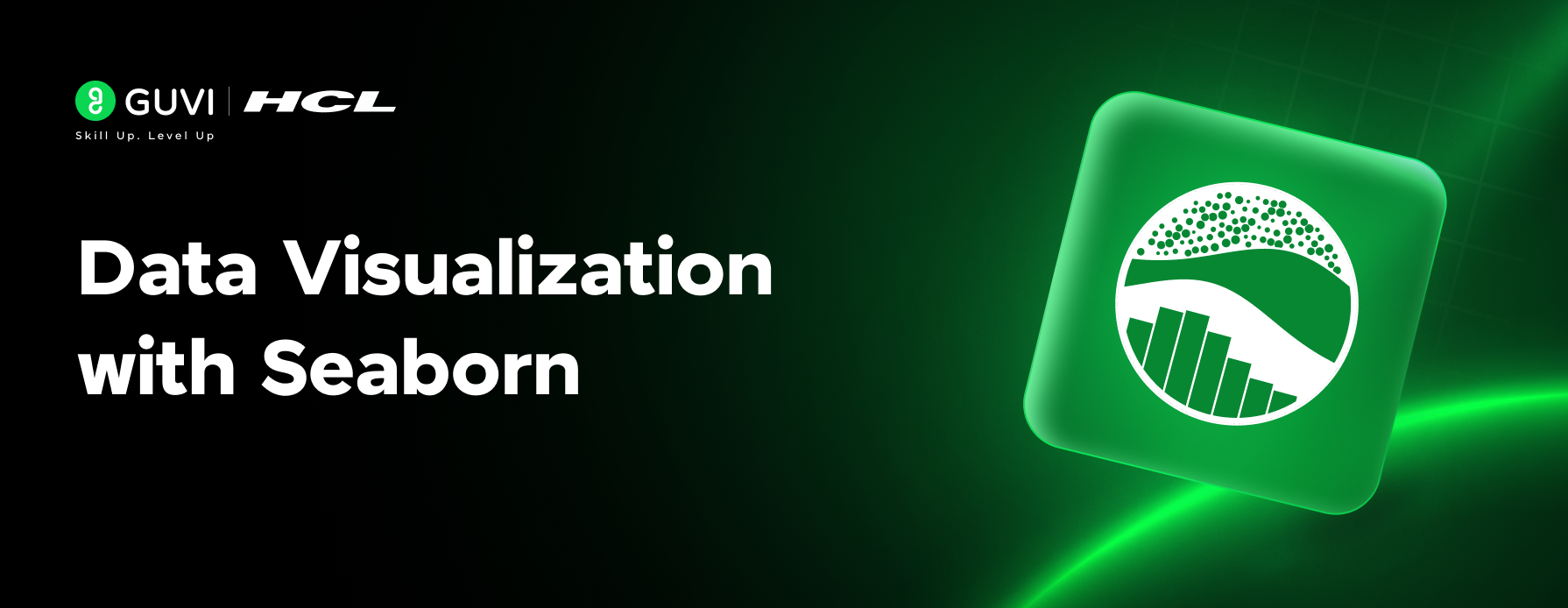
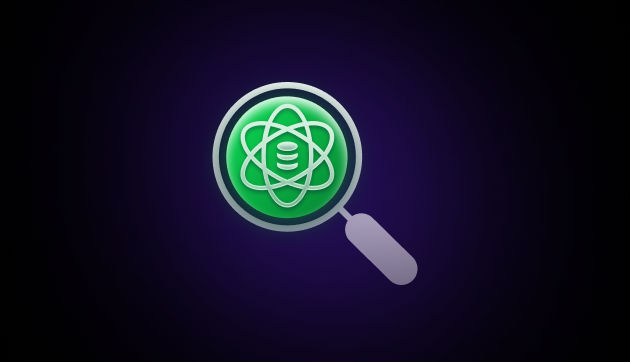
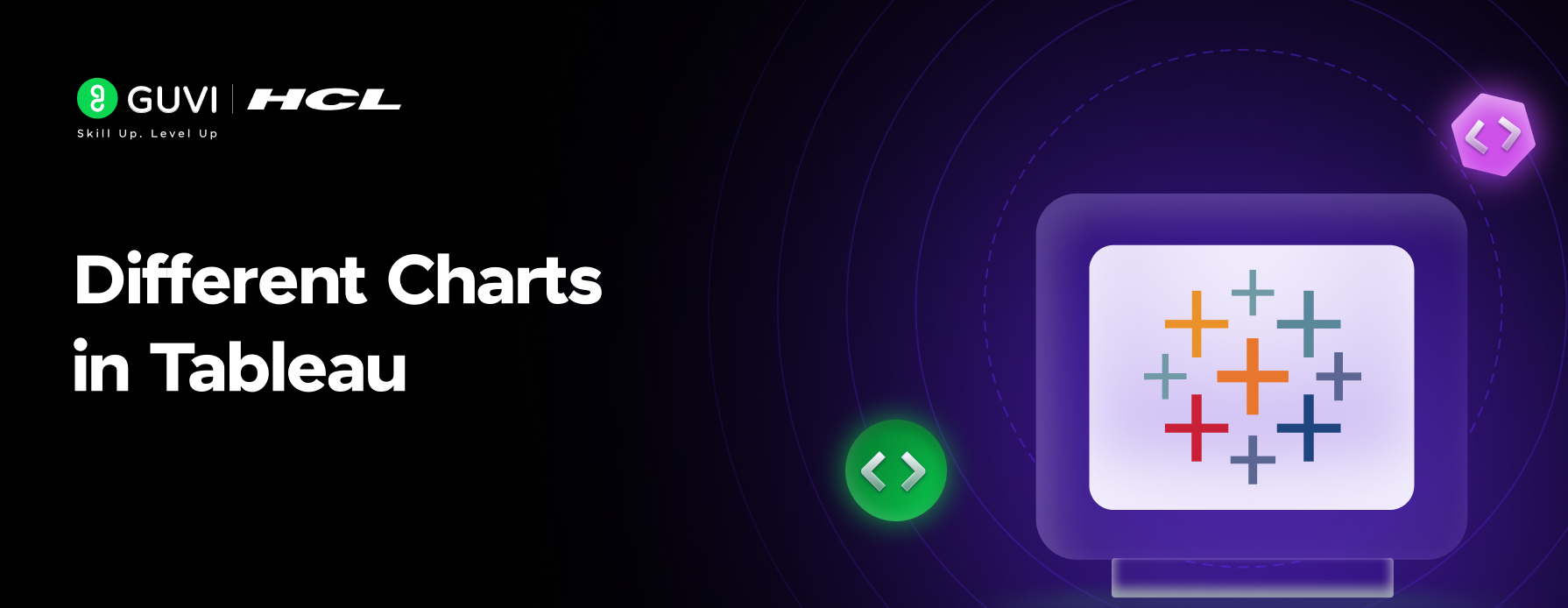
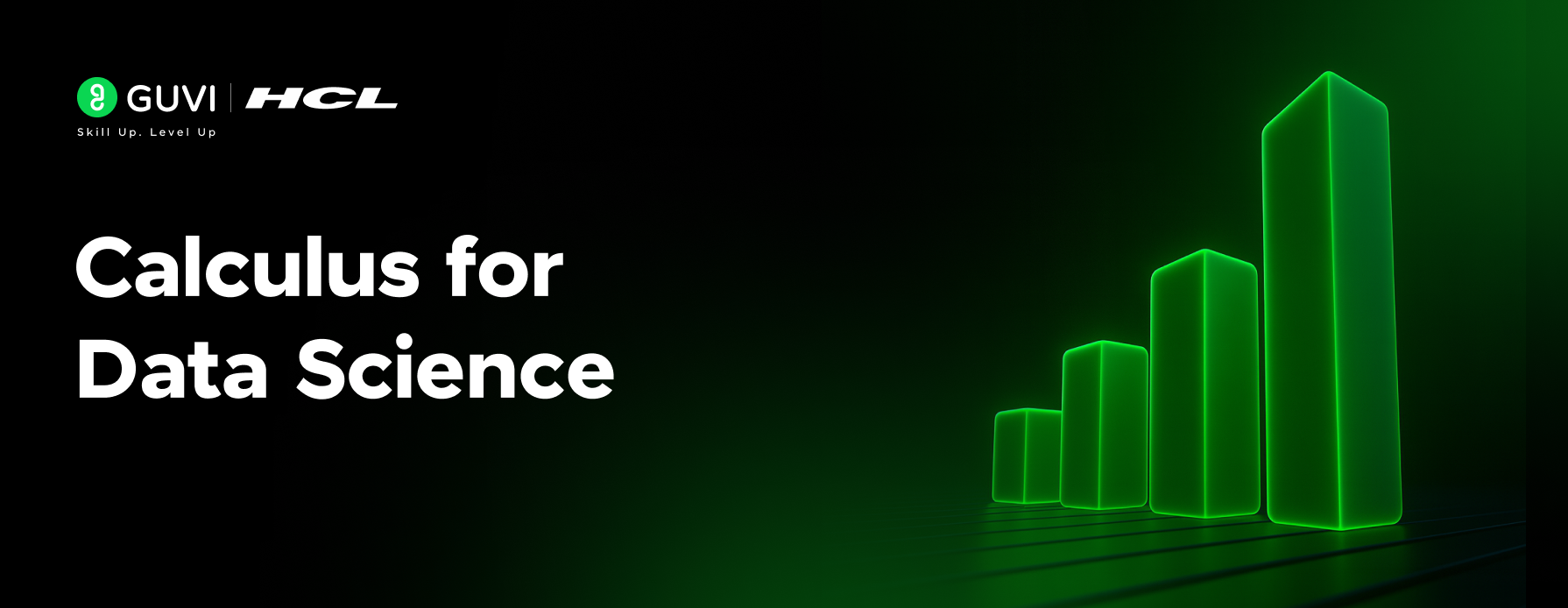
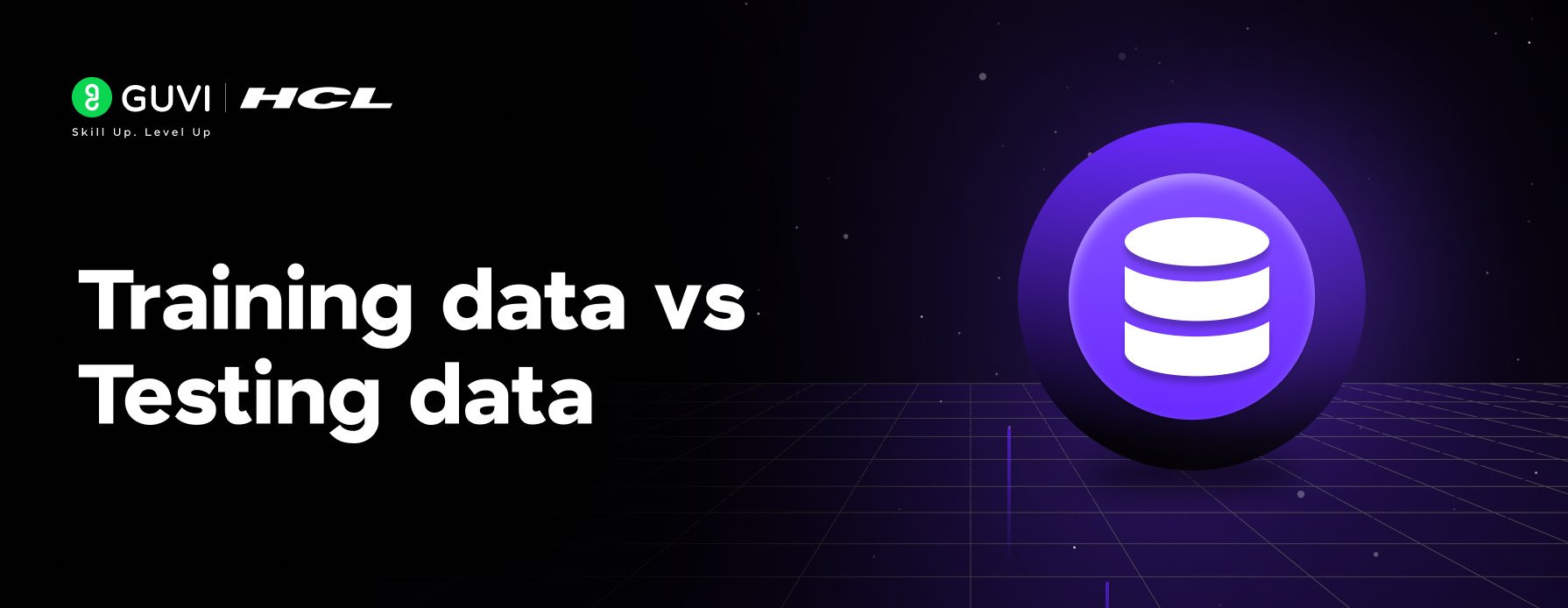
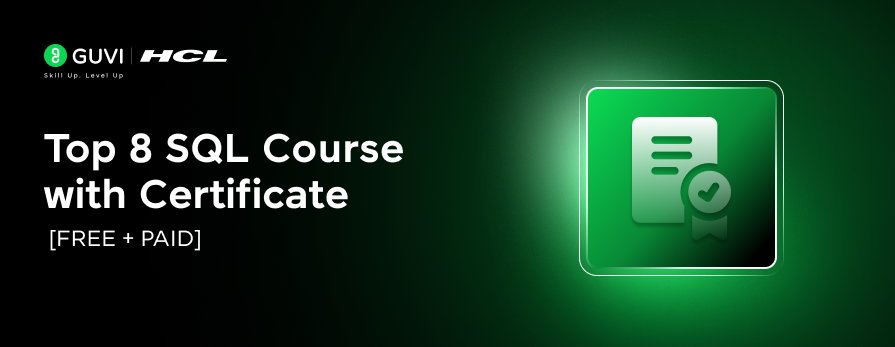





Did you enjoy this article?